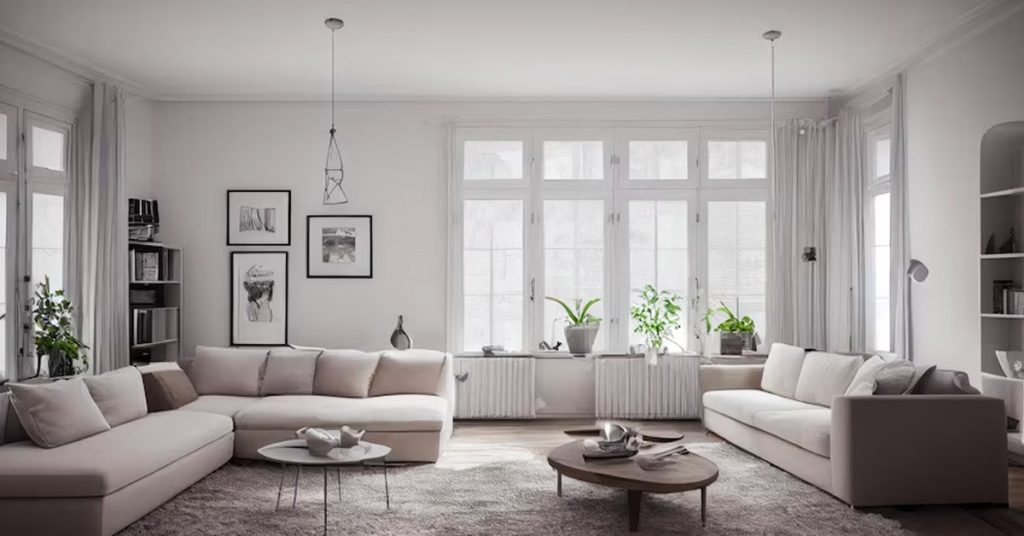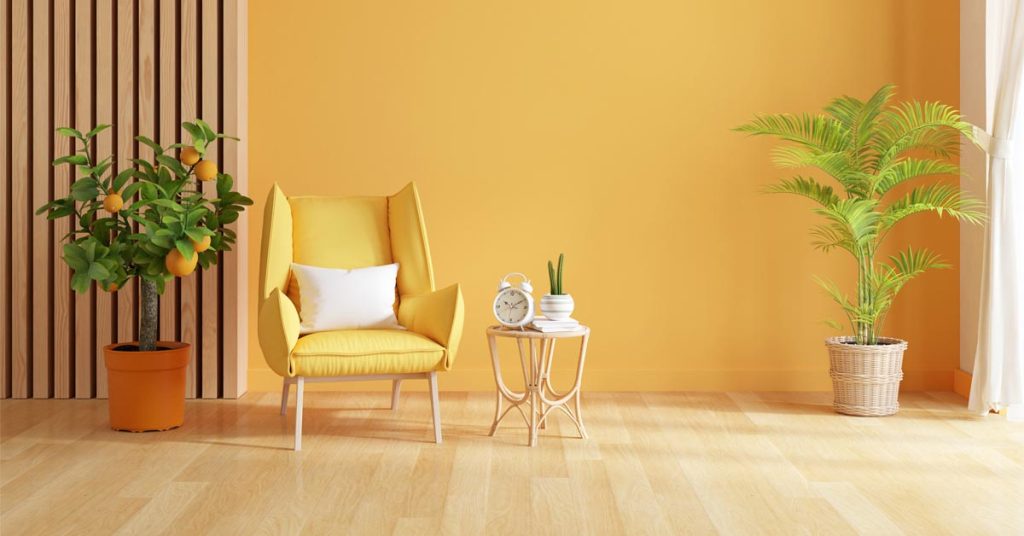When people think of smart homes, they imagine futuristic stuff like those in the cartoon series “The Jetsons.” You know, robots cook and clean everything automatically while people relax. But real smart home tech today isn’t that wild. It can’t cook your meals or do all your chores. But it does make life more convenient and efficient.
In this quick guide, we’ll take a look at how this fast-growing tech space is evolving, what you can actually do with it, and the pros and cons of adopting it in your home. Ready? Let’s dive in!
The Evolution of Tech in the Home
Home automation technology dates back to the 1960s and 70s when expensive hardwired systems could control heating, lighting, and appliances in a home from a central hub. For decades this type of advanced system was only accessible to the very wealthy.
However, the mass adoption of the Internet in the 1990s brought a major shift, allowing for wireless control systems that were more accessible to everyday consumers.
Several key innovations paved the way for this smart home revolution. The mass adoption of WiFi and smartphone apps allowed for wireless control from anywhere. Also, voice assistant devices like Amazon Alexa made hands-free automation possible just through voice commands.
Examples of Contemporary Smart Home Components
1. Safety and Security
Smart security provides homeowners peace of mind through features like:
- Smart doorbell cameras to screen visitors when away
- Interior and exterior security cameras with motion-sensing alerts
- Smart door locks with keyless entry and remote access
- Window, door, smoke, CO monitors that sync with your smartphone
2. Entertainment and connectivity
Multi-room audio, seamless streaming integration, and home theater technology allow both convenience and immersion through features like:
- Voice assistant integration to control your music playlist or TV by voice command
- Multi-room audio that syncs music across the home
- TVs with smart capability and access to all streaming content
- Smart universal remotes that control everything from lighting to audio
3. Smart appliances and kitchen aids
You can give your kitchen a major tech upgrade with innovations like:
- Smart refrigerators with cameras to view contents remotely
- App control of ovens, dishwashers, and other appliances
- Smart cooking gadgets like WiFi-enabled sous vide machines, instant pots, and coffee makers
Benefits of Living in a Smart Home
Aside from adding a wow factor, integrating smart technology throughout your home offers a variety of lifestyle benefits which we’ll explore below:
1. Convenience
With home devices and appliances connected and controllable through a smartphone, voice assistant, or control panel, it’s easy to save time on daily tasks.
For instance, you can preheat the oven on your way home, or turn off lights you forgot while already in bed. Timers can be set to automate lights, thermostat temperatures, and music playlists to match your routine.
2. Energy efficiency
For example, smart thermostats learn household patterns and adjust the temperature accordingly to conserve energy. Smart lighting lets you customize scenes and schedules to use only the lights needed in each room. Financial experts like Hiline, one of the best providers of startup accounting services, even recommend using these energy monitoring systems to track wasteful appliances and cut down your electricity bills.
3. Security
Security systems like cameras that send alerts to your phone and video doorbells that let you screen visitors give you much-needed peace of mind. On the other hand, smart locks allow keyless entry and limit access from your phone giving you control of your home 24/7.
4. Health
A few great examples here are smart ventilation systems to maintain optimal air quality. Air quality sensors can detect gasses, chemicals, humidity, and more – automatically clearing the air or alerting you of potential dangers. Smart mattresses can track heart rate, breathing disturbances, and sleep cycles to improve sleep health and wellness.
5. Accessibility
For those with limited mobility, systems that can be controlled via voice, text messages, or specialized remotes allow independence. Things like automated doors, contactless entry, hands-free controls and text or voice alerts can help increase accessibility.
Potential Drawbacks of Smart Home Living
While filled with exciting possibilities, increased integration of home technology does have some potential downsides:
1. Costs
Purchasing and installing multiple integrated smart systems, appliances and devices can get very expensive, especially for larger homes. The average smart home system costs around $3,000 with complex integrations and custom designs increasing the cost. Additionally, ongoing subscription fees for services related to security, energy, and appliance monitoring can also add up each month.
2. Connectivity
Relying on home automation devices requires reliable internet and power. Any outages or interference with WiFi signals can disrupt functionality. Also, integrating too many devices on one network can also cause lag and performance issues.
3. Glitches
Like any technology, smart home systems are prone to technical glitches and bugs in early iterations. This can be frustrating to troubleshoot and wait for fixes.
Conclusion
For tech-savvy homeowners seeking convenience and efficiency, smart home integration brings enticing possibilities in home management and security. However, with risks like costs, hacking, glitches, and learning curves to consider, adopting smart technology requires a practical analysis of personal needs versus drawbacks.
When thoughtfully approached, smart home systems can provide invaluable utility. The key is approaching smart home integration practically, weighing pros and cons, and taking necessary security precautions. Good luck!
ⓘ LAFFAZ is not responsible for the content of external sites. Users are required to read and abide by our Terms & Conditions.









